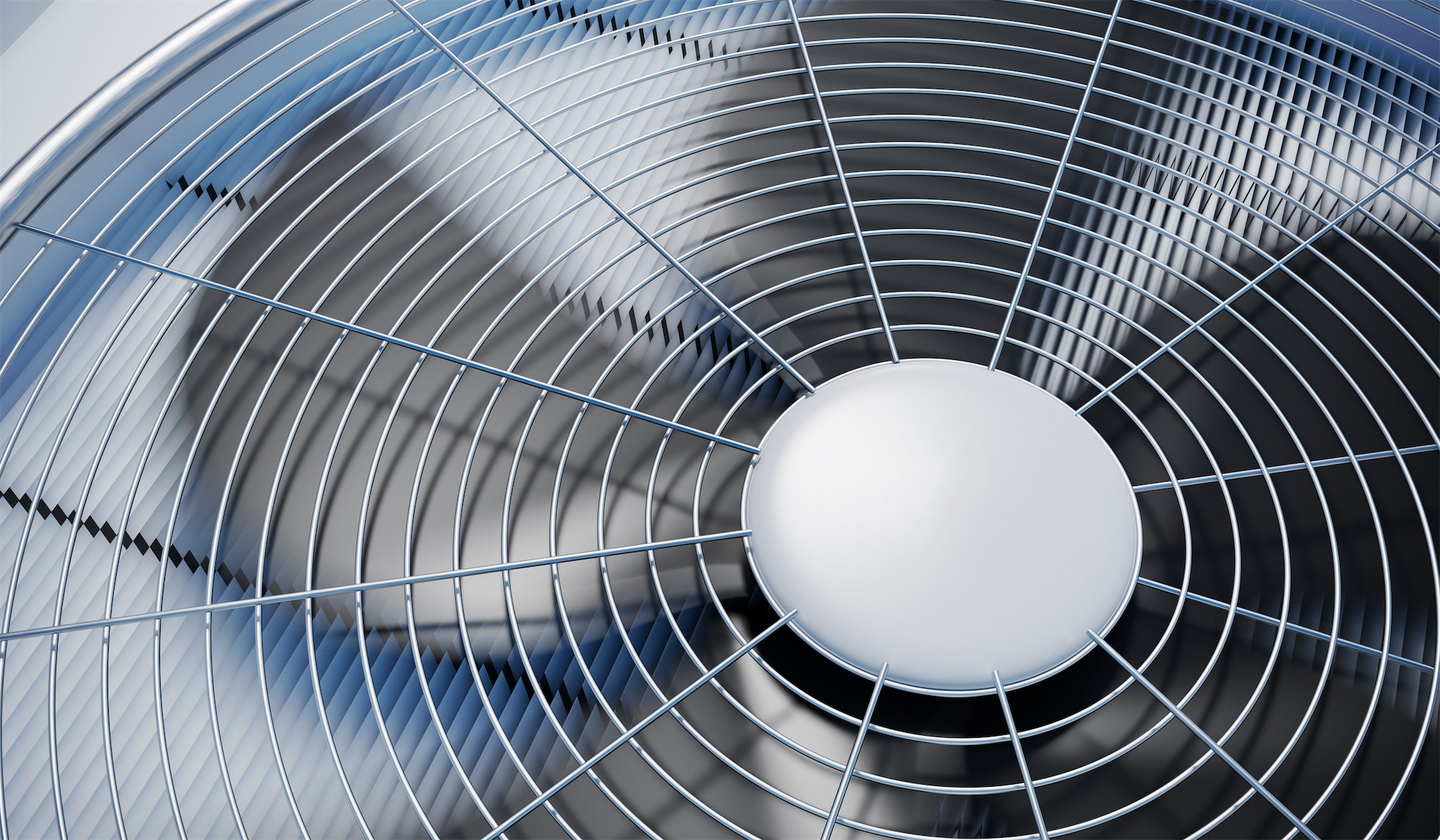Consider These Three Things When Purchasing a Furnace and Air Conditioner

Selecting a new heating and cooling system is not a fun task or expense. Many times, it’s very overwhelming: where to start, where to look, what type, what brand — the list goes on. You may end up just choosing the cheapest option out of convenience. But when 48% of energy used in a typical U.S. household comes from heating and cooling systems, it’s crucial to carefully research and consider this investment as you would a car or house.
Energy efficiency ratings: Energy efficiency ratings of air conditioning systems (measured in SEER: seasonal energy efficiency ratio) and gas furnaces (measured in AFUE: annual fuel utilization efficiency) determine how efficient the systems are. On a basic level, the higher the number, the more efficient the system is — much like the MPGs with your car.
The U.S. Department of Energy requires all air conditioning systems to be 13 SEER and gas furnaces to be 80% AFUE at minimum (these vary depending on location). High-performing conventional air conditioners reach 20 SEER and gas furnaces reach 98% AFUE. This is usually the stopping point for many people in their search, but it shouldn’t be.
Geothermal has an efficiency rating of 500%, which is why the EPA says geothermal heat pumps are the most energy-efficient way to heat and cool.
Energy prices: When energy prices are low, it’s tempting to think short term and choose a system that’s cheap with a lower installation cost, but keep in mind — cheaper is almost never better in the end. In this case, a traditional furnace and central air conditioning system will have lower efficiencies and a life span of approximately 15 years. So for about 15 years — give our take — you will have to constantly deal with the fluctuation of energy prices and the increased maintenance at the end of the system’s lifecycle.
A geothermal system has a life span of 20 to 25 years with ground loops that can last 100+ years, and you do not have to worry about volatile energy costs because the technology of a geothermal heat pump makes it provide up to 4 units of heating/cooling free for every 1 unit of electricity used. With geothermal, your energy rate will never be dramatically influenced by energy pricing.
Properly sized equipment: One common problem that increases energy costs associated with heating and cooling systems is oversized equipment. When the furnace and air conditioner is oversized, the systems will experience cycling loss, which decreases the level of comfort in your home and creates a bigger bill for you at the end of the month. This is why discussing heating and cooling system options, as well as sizing suggestions, with your installer is important.
With geothermal, contractors match the load of your home to its heating and cooling requirements. This eliminates cycling loss, creates a much higher level of comfort, and reduces your monthly bill.
On average, Americans spend 4,000 to 6,000 hours per year in their home, and heating and cooling costs are the biggest energy expense for homeowners, accounting for almost half of the energy used in homes. Selecting the right heating and cooling system is an investment in your home and family.



